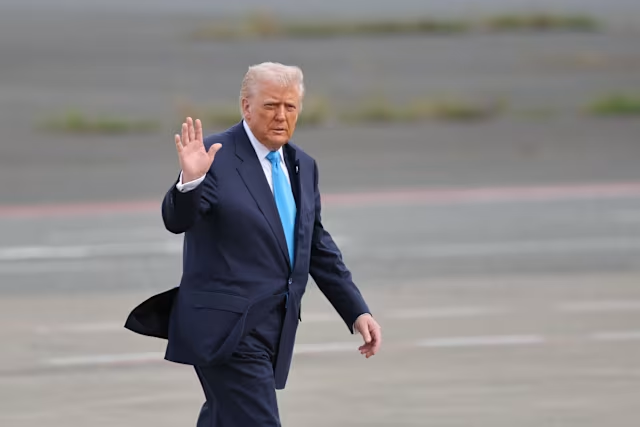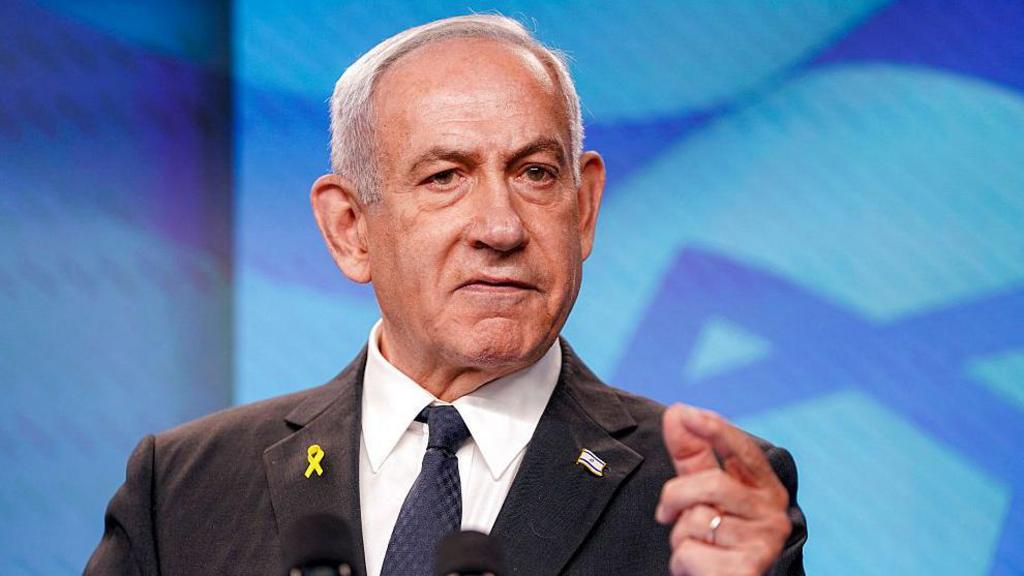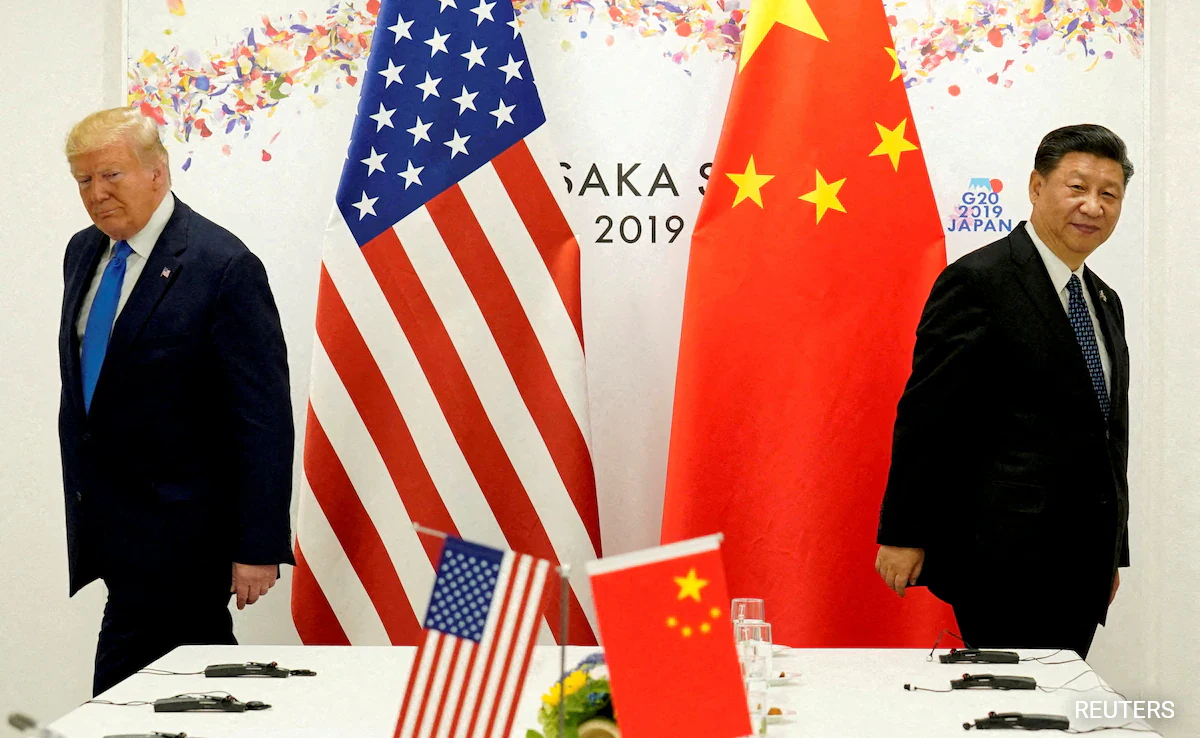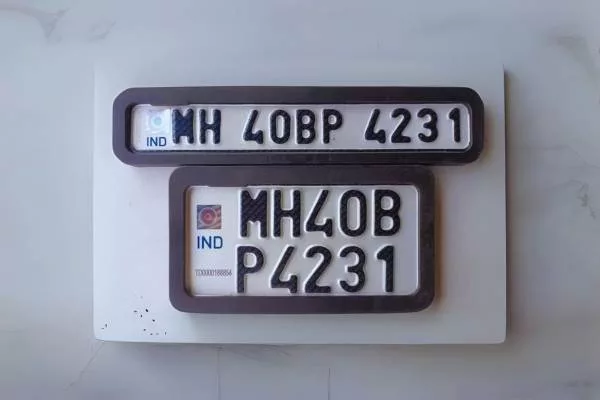Now Reading: Iran Prepares Counterproposal for Nuclear Deal, To Be Conveyed to US Through Oman
-
01
Iran Prepares Counterproposal for Nuclear Deal, To Be Conveyed to US Through Oman
Iran Prepares Counterproposal for Nuclear Deal, To Be Conveyed to US Through Oman
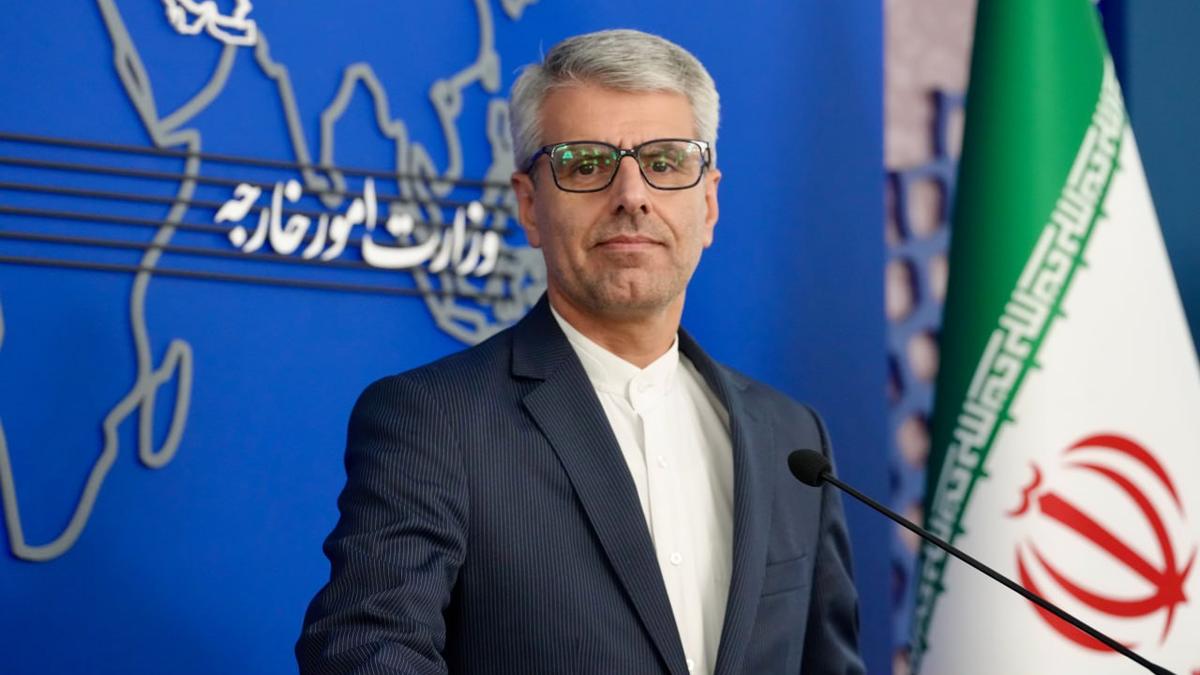
Iran is set to deliver a fresh counterproposal on reviving the 2015 nuclear deal, choosing Oman as the diplomatic channel to forward the document to Washington. The initiative signals Tehran’s renewed willingness to negotiate while maintaining its strategic leverage. For India, which has long balanced energy security with geopolitical considerations, the development could shape future crude prices and regional stability that directly affect businesses from Mumbai to Tier 2 hubs like Surat and Coimbatore.
Background to the Stalled Accord
The original Joint Comprehensive Plan of Action (JCPOA) curbed Iran’s nuclear activities in return for sanctions relief. After the United States withdrew from the deal in 2018, Iran scaled back compliance, enriching uranium beyond agreed limits. Multiple mediation rounds since 2021 have yielded limited progress, leaving the agreement in limbo.
Key Points of Iran’s Counterproposal
Tehran’s new document reportedly focuses on a phased rollback of US sanctions in exchange for verifiable limits on uranium enrichment and expanded International Atomic Energy Agency inspections. Iranian officials insist that economic guarantees be tied to tangible milestones, seeking to avoid abrupt policy reversals that plagued previous negotiations.
Why Oman Is Once Again the Mediator
Oman has built a reputation for quiet diplomacy, acting as a neutral bridge between Iran and Western capitals. Its strategic ties with both parties and experience from earlier JCPOA talks make Muscat an ideal venue for discreet dialogue. By routing the proposal through Oman, Tehran signals a pragmatic approach without direct contact that could antagonise domestic hardliners.
Implications for India and Tier 2 Cities
India imports a significant share of its crude from the Gulf, and any thaw between Tehran and Washington could ease global supply pressures. Lower oil prices would benefit transport and manufacturing sectors concentrated in cities such as Ludhiana, Indore and Rajkot, where fuel costs directly influence profit margins. Additionally, smoother US‑Iran relations might reopen avenues for India’s port investments in Iran, notably Chabahar, enhancing connectivity for exporters from inland regions.
International Response and Next Steps
The United States has indicated it will review the proposal but remains cautious, emphasising the need for rigorous verification. European signatories are expected to support renewed dialogue, provided transparency benchmarks are met. Analysts suggest that if preliminary consensus emerges, negotiators could reconvene within weeks for detailed drafting.
Conclusion
Iran’s decision to send a counterproposal via Oman offers a fresh, albeit fragile, opportunity to revive the nuclear deal. Success would ease regional tensions, stabilise energy markets and potentially benefit emerging industrial centres across India. Yet the path to consensus is narrow, and the coming months will reveal whether diplomatic momentum can overcome deep‑seated mistrust on both sides.








